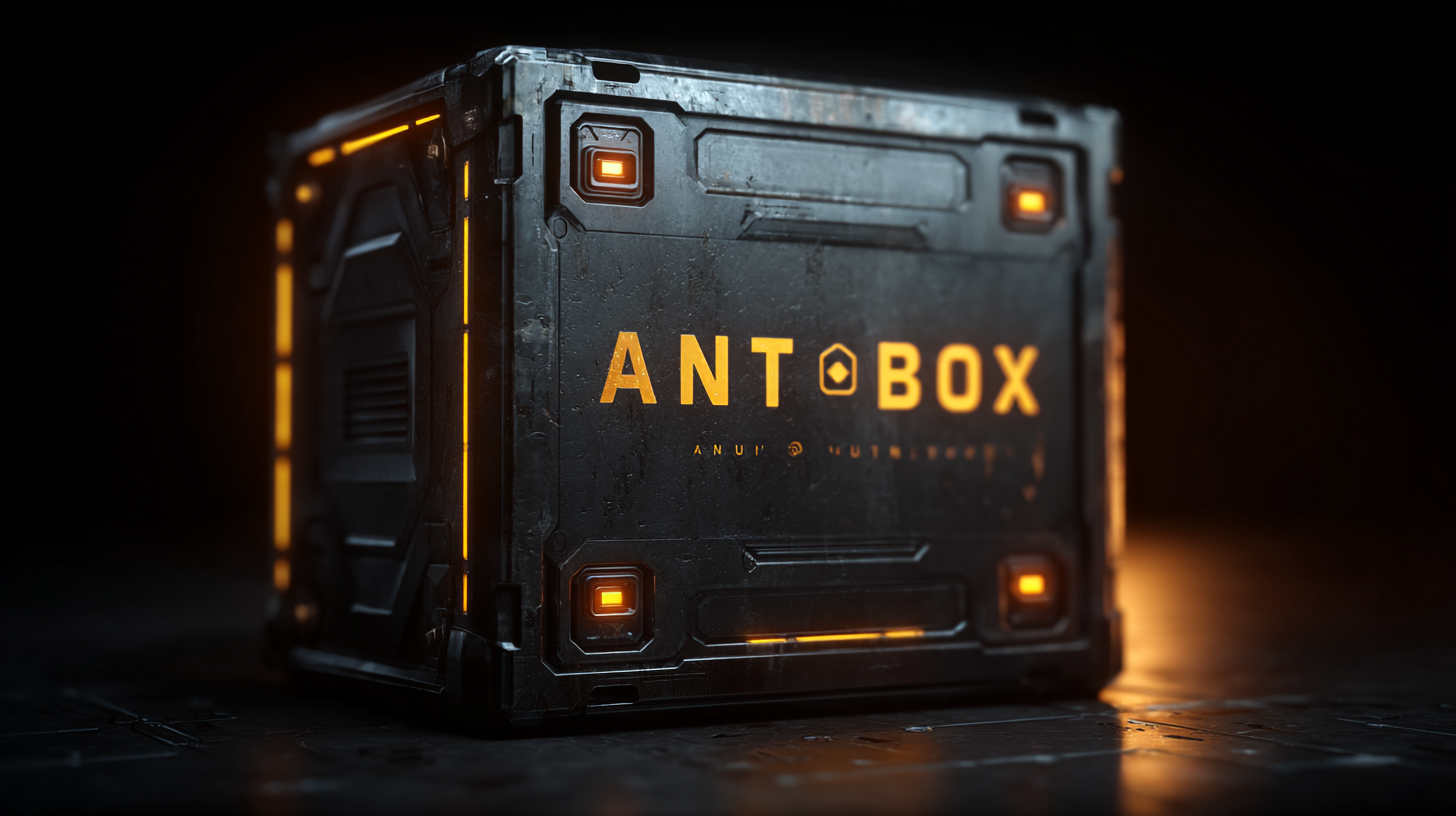Exploring the Future of Best Antbox Container Technology in 2025 a Comprehensive Buyers Guide
As we delve into the rapidly evolving landscape of shipping and logistics, the Antbox Container stands out as a revolutionary solution poised to transform the industry by 2025. With advancements in technology and design, the Antbox Container promises to enhance efficiency, sustainability, and security in freight transportation. This comprehensive buyer's guide will explore the intricate technical specifications that define these containers, including digital tracking capabilities and robust structural integrity, essential for modern logistics. We'll highlight the top types of Antbox Containers available on the market, detailing their distinct features and benefits. Whether you're a business owner seeking optimized shipping solutions or a logistics professional looking to stay ahead of the curve, this guide will equip you with all the necessary insights to make informed decisions regarding the future of Antbox Container technology.

Innovative Features to Look for in Antbox Containers by 2025
As we look ahead to 2025, the advancements in Antbox container technology promise to transform how we approach various storage and transportation needs. One pivotal feature to anticipate is enhanced insulation technology, which will significantly improve the temperature control of perishables, ensuring longevity and freshness. The integration of smart sensors is also likely, providing real-time data on the internal environment, allowing users to monitor conditions remotely through mobile applications.
In addition, sustainability will play a crucial role in the evolution of Antbox containers. By 2025, we can expect the use of eco-friendly materials and designs that prioritize recyclability and reduced carbon footprints. Innovative modular designs will facilitate easy customization, catering to specific transportation requirements, whether for food delivery or pharmaceuticals. These advancements not only address practical needs but also reflect a growing consumer preference for responsible and adaptable solutions in the logistics sector.

Sustainability and Eco-Friendly Practices in Antbox Technology
As we delve into the future of Antbox container technology, sustainability and eco-friendly practices emerge as pivotal aspects reshaping the industry. The growing awareness of environmental issues has prompted manufacturers to seek innovative materials and processes. In 2025, we can expect Antbox containers to be crafted from biodegradable or recyclable materials, significantly reducing their environmental footprint. By integrating sustainable practices, companies will not only minimize waste but also appeal to eco-conscious consumers, fostering a healthier planet.
Moreover, the adoption of energy-efficient production methods will play a crucial role in developing next-generation Antbox containers. Techniques such as 3D printing and low-energy manufacturing will reduce resource consumption while maintaining the integrity and functionality of the products. As part of a broader commitment to sustainability, these practices will ensure that Antbox containers not only serve their practical purposes but also contribute positively to environmental efforts. This dual focus on functionality and sustainability will mark a significant shift in how we perceive and utilize Antbox technology in the coming years.
Exploring Sustainability in Antbox Container Technology (2025)
Comparative Analysis of Leading Antbox Brands and Their Technologies
In the rapidly evolving world of antbox container technology, a comparative analysis of leading brands reveals significant differences that can aid buyers in making informed decisions. Brands like Antbox Pro, AntNest, and BioBox are at the forefront, each offering unique features that cater to diverse user needs. Antbox Pro stands out for its innovative temperature regulation technology, ensuring optimal conditions for ant colonies. Meanwhile, AntNest excels in its modular design, allowing for customizable setups that can expand as the colony grows. Lastly, BioBox emphasizes sustainability, using eco-friendly materials that appeal to environmentally conscious consumers.
Examining the technological advancements of these brands, it becomes evident that innovation is key to enhancing user experience. For instance, the integration of smart sensors in Antbox Pro facilitates real-time monitoring of humidity and temperature levels, giving users precise control over their ant habitats. Additionally, the advanced filtration systems in BioBox containers prevent mold growth, promoting a healthier environment for ants. As buyers weigh their options, understanding the strengths and weaknesses of these leading brands will be crucial in selecting the ideal antbox container that meets their specific requirements for 2025 and beyond.
Essential Factors for Choosing the Right Antbox Container for Your Needs
When it comes to selecting the right Antbox container for your needs, understanding the essential factors involved is crucial. Customers prioritize specific characteristics that influence their purchasing decisions. First and foremost, durability stands out as a key factor. An Antbox container needs to withstand varying weather conditions and transport challenges, ensuring that contents remain secure and protected.
In addition to durability, users often consider customization options. The ability to tailor the container's size and internal configuration allows for greater flexibility in usage, making it easier to meet specific shipping or storage requirements. Furthermore, clients frequently request robust customer support systems. A reliable support system helps address any issues promptly and fosters a trustful relationship between the provider and the user. These factors collectively pave the way for smarter, more efficient decisions in choosing the best Antbox container technology in 2025.

Future Trends: How Antbox Container Tech Will Shape the Industry in 2025
As we look toward 2025, the antbox container technology is set to transform the logistics and transportation industries dramatically. One of the key future trends is the integration of IoT capabilities within antbox containers. This advancement will enable real-time tracking and monitoring of goods, significantly enhancing supply chain transparency. Companies will be able to gather data on temperature, humidity, and location, ensuring that sensitive products are transported under optimal conditions, thereby reducing spoilage and losses.
Additionally, sustainability will play a pivotal role in shaping antbox container technology. With increasing environmental regulations and consumer demand for eco-friendly solutions, manufacturers will focus on developing biodegradable and recyclable containers. Innovations in materials will lead to lighter yet more durable containers, minimizing carbon footprints during transportation. As businesses prioritize sustainable practices, those who invest in advanced antbox technologies will not only comply with regulations but also gain a competitive edge in the market, appealing to environmentally conscious consumers.
Exploring the Future of Best Antbox Container Technology in 2025 a Comprehensive Buyers Guide
| Criteria | 2023 | 2024 | 2025 |
|---|---|---|---|
| Average Cost (USD) | $1,200 | $1,150 | $1,100 |
| Load Capacity (kg) | 1,000 | 1,100 | 1,200 |
| Energy Efficiency (kWh/usage) | 3.5 | 3.0 | 2.8 |
| Expected Lifespan (years) | 5 | 6 | 7 |
| Market Growth Rate (%) | 8 | 10 | 12 |
